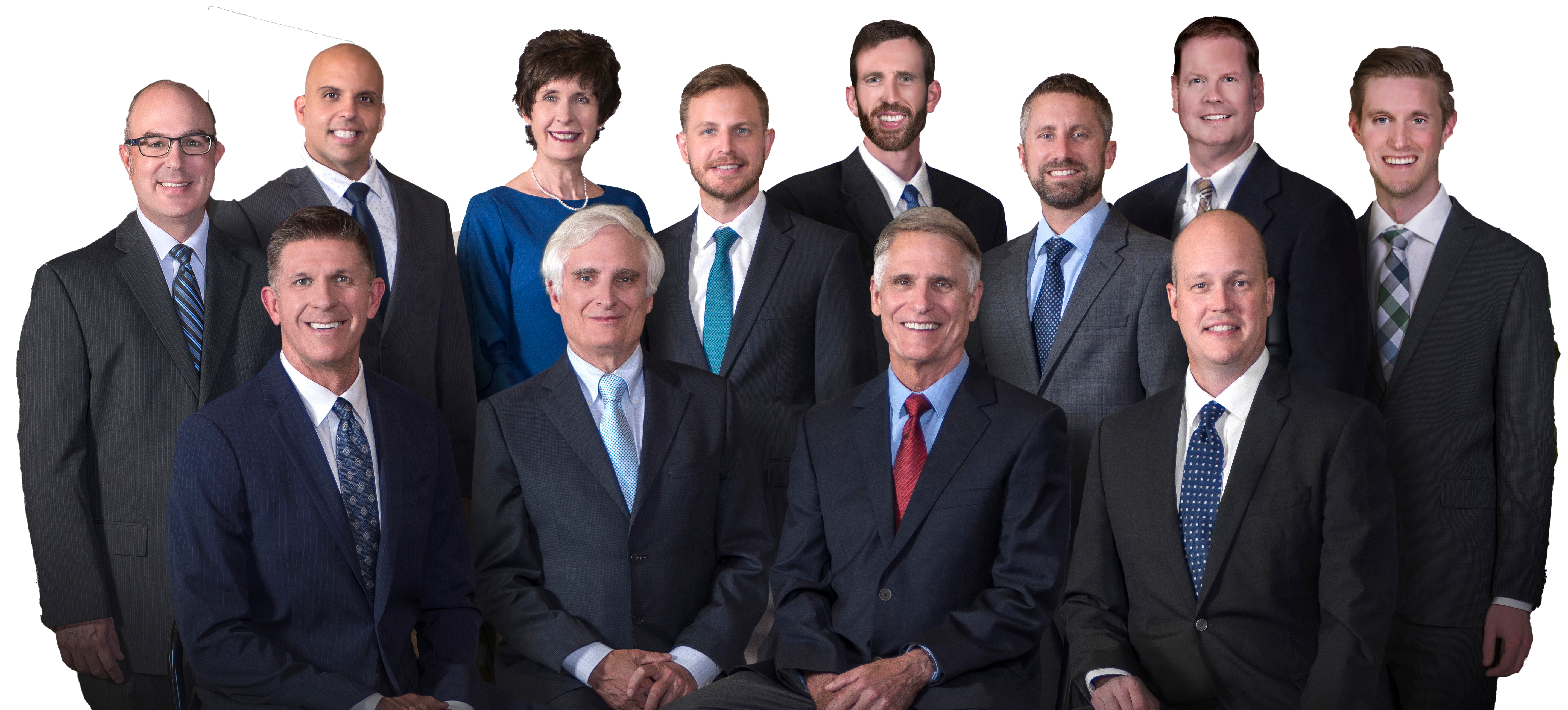What are Cataracts?
A cataract is the progressive clouding of the crystalline lens inside the eye. The lens refracts (bends) light rays to focus on the retina which allows us to see images. Most cataracts are caused by the normal aging process, as proteins clump together on the surface of the lens. Over half of all people over the age of 60 have vision impairment due to cataracts. Cataracts usually develop gradually and can be difficult to notice at first.
Symptoms include:
- blurry vision
- difficulty reading
- ghost images
- increased nearsightedness (myopia)
- light sensitivity
- problems driving at night Cataracts can affect only one eye, or more commonly, both eyes.
When a cataract begins to cause vision loss or interfere with activities, it should be removed. A skilled surgeon can restore your vision by replacing the cloudy lens with an artificial one.
The first step is a thorough eye exam to determine the severity of your cataracts and check for any additional ocular health concerns. If your cataracts are mild, you may be able to improve your vision with a new pair of eyeglasses. However, if your vision has been affected by cataracts that cannot be improved by new glasses and is affecting your daily activities, then surgery is recommended.
Removing the Cataract
Cataract surgery is an outpatient procedure performed while the patient is awake. Numbing drops or an injection of local anesthetic make the surgery painless. The most common and most advanced cataract surgery technique is called phacoemulsification. During this surgery, a small ultrasonic probe is used to break up (emulsify) the cloudy lens into tiny pieces, which are then removed from the eye. The highly skilled surgeons of Eye Surgical Associates perform this procedure through an incision so tiny that it heals on its own in the days following surgery. Stitches are seldom needed to close this tiny wound. This causes less discomfort and allows for a much quicker recovery of vision.
Reducing Your Dependence on Glasses after Cataract Surgery
Once the cataract is removed, an artificial lens implant called an intraocular lens is gently placed into the eye. Standard lenses provide clear vision and excellent clarity for distant objects, but more patients who receive these standard lenses will require glasses for near and intermediate vision activities such as reading or using a computer. Thanks to recent advances in lens technology, we are now proud to offer advanced lenses that are specially designed to reduce or eliminate your dependence on glasses. If one of these advanced lenses better suits your lifestyle, your Eye Surgical Associates surgeon will be happy to discuss it with you. If you are interested in greater freedom from glasses after cataract surgery, click here for more information on these revolutionary lenses. For information on astigmatism-correcting cataract surgery, click here.





